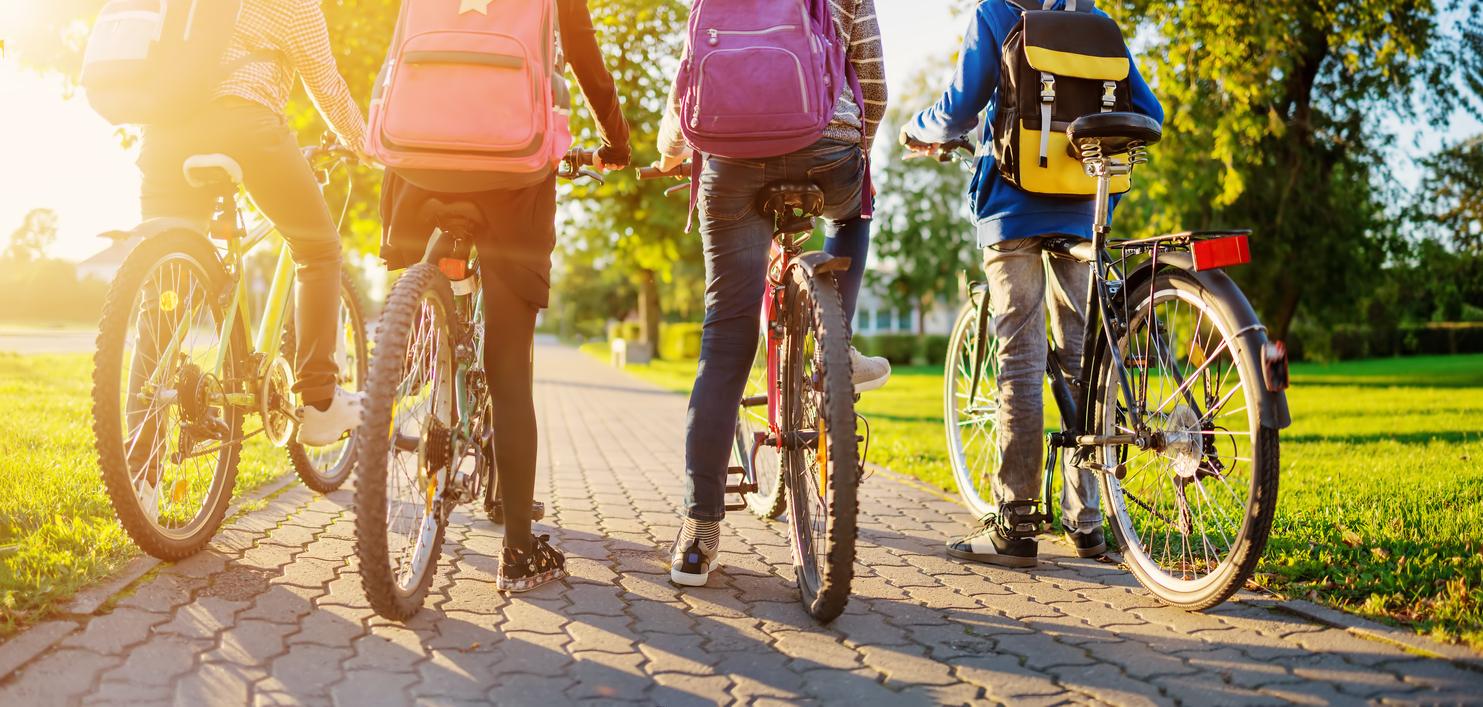Cycling, as part of a school program, helps improve the mental health of young people.

- Physical activity contributes to overall well-being, and therefore to mental health.
- A study shows that cycling, as part of a school program, improves the mental health of adolescents.
- However, there are disparities depending on gender, ethnic origin or socio-economic status of the family.
Moving is good for your health! Depending on age, needs vary: depending onWorld Health Organization, children and adolescents aged 5 to 17, should practice 60 minutes of physical activity, of moderate to vigorous intensity, every day. Exercising regularly helps you stay in good health, both physically and mentally. However, young people are becoming more and more sedentary. In the United States, researchers observed the effects of a school cycling program on children. In Frontiers in Sports and Active Livingthey explain that this helped improve the mental health of adolescents.
Mental health: how to study the benefits of cycling on adolescents?
More than 1,200 middle school students aged 11 to 14 participated in this program. Initiated by the Outride association and named “Riding for Focus (R4F), its objective is to transmit basic knowledge of cycling to adolescents so that they can ride safely, but also to alert them to the need to practice physical activity. “A second objective of this program is to improve the mental health of adolescents and their psychosocial well-being., add the authors in the preamble to their study. The objective of this work was to evaluate the changes associated with the program. To do this, participants answered questionnaires about their mental well-being, before and after cycling.
Mental health of adolescents: cycling allows improvement
At the end of the study, researchers noted an overall improvement in the children’s mental well-being. “It was really encouraging to see such a positive response from students to a cycling-specific physical education programcomments Fletcher Dementyev, lead author of the study. This motivates us, and we hope others, to continue to study and develop cycling as a means to improve adolescent health and well-being.” They also remind us that it is an easy activity to practice and which can have other benefits. “A bicycle can be used for leisure, competition and transportation activities, recalls co-author Dr. Sean Wilson. So not only are students participating in an activity that improves their health and well-being, but also an activity that allows them to explore the world.“
Cycling and mental health: effects that vary according to certain parameters
The researchers note, however, that the results vary depending on the profile of the students. In the group, some had better results before and after the school introduction to cycling. “We focused on a number of key risk factors that affect the mental health and well-being of school-aged children in the United States, including socioeconomic status, gender, and ethnicity“, specifies Dr. Sean Wilson. These relative risk assessments showed that boys, white students and those from families of high socio-economic status still had a reduced relative risk of developing psychosocial disorders after the intervention. “Male students still had higher well-being scores than females after the program,” they notice. According to them, if this type of program can contribute to improving the mental health of young people, it remains necessary to put in place “policy changes, reductions in systematic disparities in access to nutrition, health services, safe environments” so that it can benefit everyone.

















